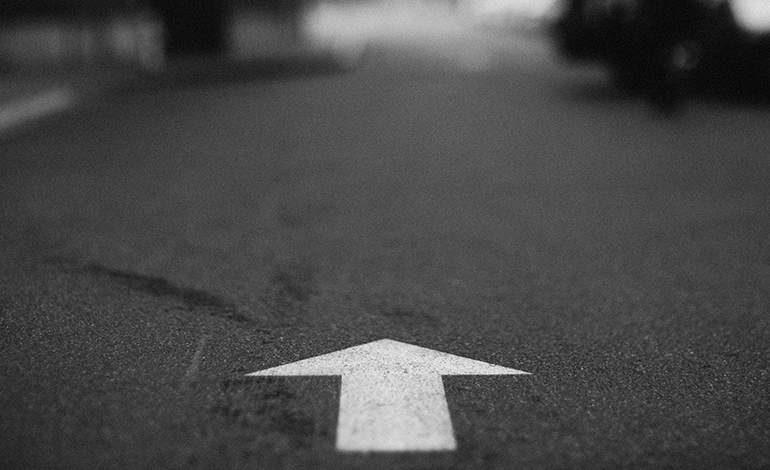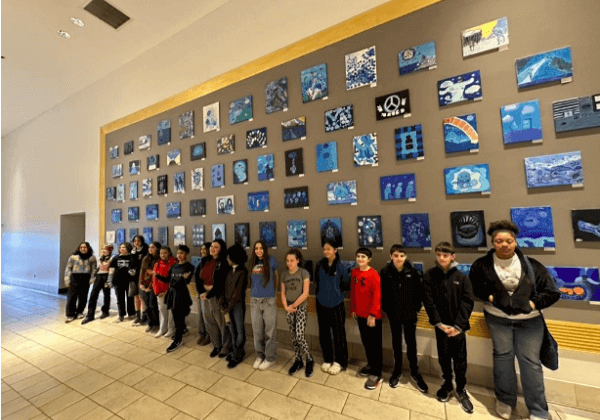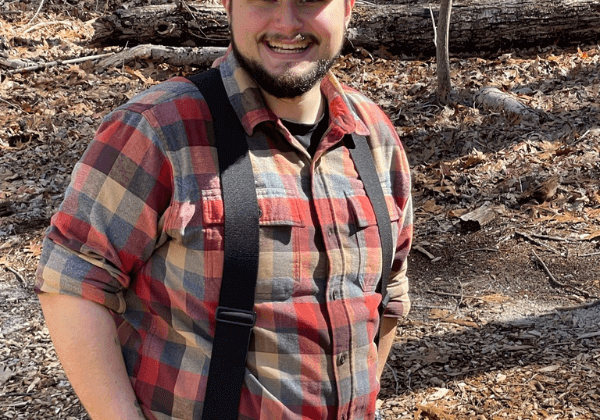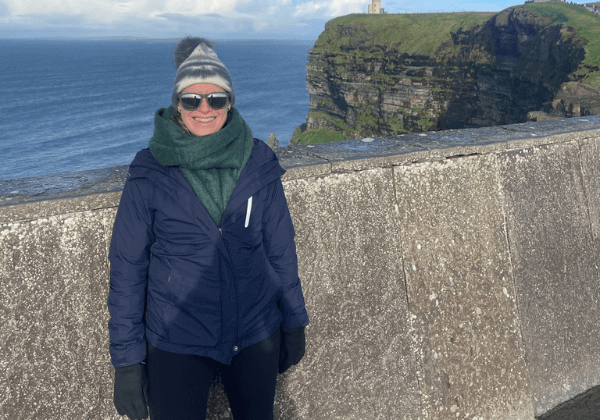Discovering The Process in Every Direction

It’s funny to think about how artists utilize experimentation in comparison to scientists or doctors. In the world of science and medicine, an experiment is aimed toward a specific problem, such as curing a disease or creating a new technology. They establish a hypothesis and then implement a series of tests to get closer and closer to an absolute outcome. Whereas in our line of work we go through trial and error, in the hopes of making something that is weird, beautiful, confusing, enriching, paradoxical, poetic or potentially all of the above.
There is the science fiction stereotype of a mad scientist- a person so wild eyed and crazed by the potential of their idea; they will spend all hours of the day trying to crack open the equation. Similarly exaggerated, the portrayal society has created of an artist in popular culture is an individual so consumed by their creativity that they are slightly deranged or aloof, covered in paint, and smelly because taking a bath is too much of a distraction. The one common thread between these two depictions which is somewhat grounded in truth is the part about being consumed in the work.
For artists the steps from concept, to creation, to completion, are not a predictable pattern. Sometimes you start with an idea, but it changes as you try to make it. Other times, a work isn’t finished until you change the way you think about it. Every idea compels you to think about how to handle it the right way. Every new approach or technique leads to the un-surfacing of additional ideas. It’s an endless entanglement of potential compositions, colors, and forms. A never-ending parade of symbols, faces, and patterns that march toward some kind of meaning. The fact it will never come to an absolute end makes it so inviting to pursue. The more you search for your way in all of it the broader the expanse becomes.
It’s a delightful fog of joy and madness. It’s how you move through the fog that influences the type of artist you become.
Some people are erratic, impulsive, project energy and angst in their work. Other people are calm and quieting and make pieces that strive for balance. Another approach is to laugh at the circumstances, infusing the work with humor or irony as a way to suggest it’s comical to distill the enormity of life into an object. Or you can take up the task with total seriousness and aim to address any political, or systemic inequalities with a distinct message. All of these examples are valid and important ways that an artist can choose to approach their work.
It’s the attitude you adopt that fills the work with most of its character.
There are so many counter intuitive aspects to the process that it’s hard to apply a linear logic. For example, you have to work really hard in order to make it look like it was easy. Even making something look messy and wild takes a great deal of restraint and discipline. One aspect that is fairly consistent is the unlikeliness you will do something the right way on the first time attempt. But the only way of knowing is trying it twenty times and looking at the differences. Action tends to negate hesitance, but there is an abundance of head games that can really tie you up. For example, often I find myself struggling to loosen up. It’s completely ridiculous to try and convince yourself to release control of control. The two mindsets are moving in opposite directions, so I find the only way to snap the stalemate is to make one move and let an intuitive response take over.
Maintaining an experimental mindset can help avoid the feeling of trapping yourself in a corner. There is a benefit to letting go of any expectations you may have for the end result in order to let something grow. Fiddle with a piece of clay and see what happens. Start making a mark and see where it leads. Setting up a place in your mind to wonder without expectations is crucial to growing your work. Generating new possibilities in your approach tends to generate new ideas.
Many artists emphasize the importance of “play” when it comes to studio time. The notion of “play” is different for everyone, but what it provides is somewhat universal. The point of experimentation or play, is to broaden the potential of coming upon something unexpected. It could be new way of treating a material or a different interpretation of a subject matter. The point is— it wouldn’t have been uncovered if you didn’t go looking.
Artworks that tend to have a vivid and lasting effect on people usually combine and consolidate a broad range of qualities in an unexpected way. To get to the point of completion, the artist most likely had to go through a long and winding series of sketches, material tests, failures, and missteps. When the viewer finally walks up to the finished work they may not see the evidence of all that effort that was put into it. Some artists try to be more discreet about how something was made, while others want to reveal the process it took to bring the thing into the world. There is no right or wrong way of handling how you want to reveal your process. It isn’t an exact science, but usually if you treat it as such, it will only bring frustration.
It’s more about accepting the fog of intuition and accepting the fundamental paradox of getting lost in the work in order to find something.
Allowing yourself to follow a whim is one of the most basic and complex tasks you will face when beginning a new piece. Scientists need a whim to begin to establish some new truth. The idea of evolution was an epic whim, which was based off of observations and the tide of progress. Where our whims come from can sometimes be difficult to trace. Experiences and emotions obviously play a central role in defining what ideas occur to us, and it’s the artist’s task of translating those feeling into something physical. This is where the role of playing around has a tangible affect on your practice. Experimentation tends to provoke a fruitful proliferation of whims, which in turn propels new directions.



